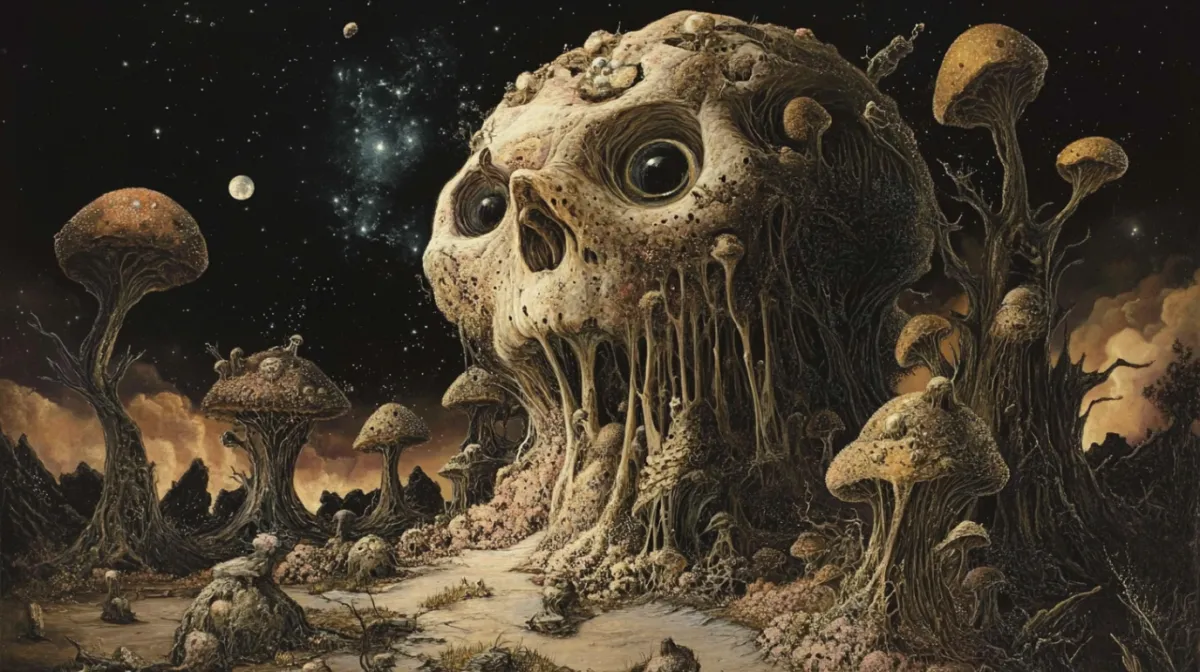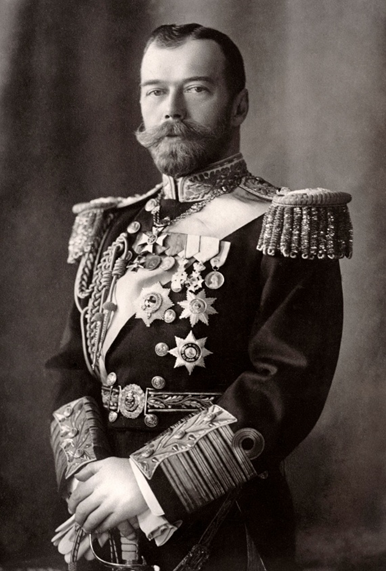Who the Hell was... Czar Nicholas II?
History is littered with rulers who should have probably chosen a different career path, and Tsar Nicholas II is right up there at the top of the list. The last Emperor of Russia, Nicholas wasn’t exactly a bloodthirsty tyrant—he was more of a well-intentioned but catastrophically inept ruler who found himself in way over his head. His reign was marked by disastrous wars, staggering incompetence, and an unfortunate knack for making enemies out of his own people. So, who the hell was this guy, and how did he end up being the last of his kind?
A Czar is Born (1868–1894)
Born in 1868, Nicholas Alexandrovich Romanov was the son of Emperor Alexander III, a burly, no-nonsense autocrat who believed in ruling with an iron fist. Nicholas, on the other hand, was mild-mannered, bookish, and entirely unprepared for the job he was destined to inherit. His father didn’t think much of his leadership potential and made little effort to prepare him for the brutal realities of ruling a vast, complex empire. When Alexander III died suddenly in 1894, Nicholas was thrust onto the throne with minimal experience and even less confidence.
The Reign of Mistakes (1894–1917)
Nicholas II’s reign started off on the wrong foot and never quite found the right one. Early in his rule, he married Alexandra Feodorovna, a German princess and granddaughter of Queen Victoria. While their love was genuine, Alexandra’s influence over Nicholas—and her reliance on the mystic Rasputin—made her deeply unpopular with the Russian elite.
From the get-go, Nicholas seemed allergic to reform. While other European monarchies were modernizing and adapting to the changing world, Nicholas clung stubbornly to the old ways of absolute rule, resisting calls for political reform even as his people grew increasingly restless.
Then came the disasters. The Russo-Japanese War (1904–1905) was a humiliating debacle, exposing Russia’s military weaknesses and fueling domestic unrest. This led to the Revolution of 1905, during which the infamous “Bloody Sunday” massacre saw peaceful protesters gunned down by the Tsar’s troops. Nicholas grudgingly introduced some constitutional reforms, but his half-hearted attempts at democracy pleased no one and satisfied nothing.
World War I: The Final Nail
By 1914, Nicholas had stumbled into another war—this time, the cataclysmic World War I. Russia was woefully unprepared, and the war effort quickly spiraled into chaos. In 1915, in a move that can only be described as historically questionable, Nicholas decided to take personal command of the Russian army. The problem? He had zero military expertise, and his presence at the front meant that back home, his wife Alexandra (and her sinister advisor, Rasputin) were left to make political decisions. Spoiler alert: they did not make good ones.
As Russian soldiers died by the millions and the economy collapsed, revolution bubbled to the surface once more. By early 1917, strikes, protests, and mutinies swept the empire, and Nicholas found himself out of options. In March 1917, he abdicated, bringing an end to centuries of Romanov rule.
The Tragic End
After his abdication, Nicholas and his family were placed under house arrest, shuffled between locations as Russia descended into civil war. In July 1918, the Bolsheviks—now in power—decided that the Romanovs were too much of a risk to keep alive. On the night of July 16-17, Nicholas, Alexandra, their five children, and a handful of loyal servants were led into a basement in Yekaterinburg and executed by firing squad.
They were bayoneted, sawn into pieces, bathed in acid, and deposited in a mineshaft in Siberia. It wasn’t until after the Soviet Union collapsed that the remains were unearthed and given a proper Celebration of Life where their small cubic tombs were put on display at the Peter and Paul fortress. It was a grim and chaotic end for a family that had once ruled one-sixth of the world.
The Legacy of Nicholas II
Nicholas II wasn’t evil, just spectacularly unsuited for the role he was born into. His mismanagement, stubbornness, and inability to adapt sealed both his fate and that of his dynasty. Today, he is remembered as a tragic figure—canonized by the Russian Orthodox Church as a martyr, but also seen by historians as a ruler whose failures ushered in the rise of the Soviet Union.
So, who the hell was Czar Nicholas II? A well-meaning but doomed man, caught in the tides of history and utterly incapable of swimming against them.
For my articles in this series, visit or bookmark the following;

Brent Antonson: Where Extraordinary Recall Sparks Insight.







